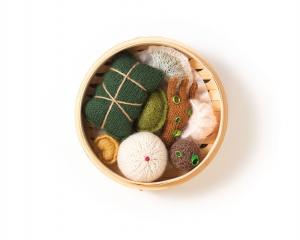Jacqui Reith has created a stunning inner city garden at Renfrew House in Dunedin. Here are her six principles for creating a formal look.

Design and details
It is especially important when creating a smaller garden to research and plan the overall design, including hard landscaping, architectural features and smaller details.
For us, this has meant making formal lines and defined frameworks with informal plantings and adding interesting smaller details (such as special taps) throughout the garden.
Aim for an overall sense of structure, with each feature or plant having to earn its space; to foster beauty and interest throughout the year.

Successional plantings
Research and plant for every season, including winter. Bulbs such as Galanthus/Snowdrops and winter-flowering shrubs such as Chimonanthus praecox/Wintersweet are especially useful, creating interest even in the depths of winter.
Pots with bulbs can be beautiful garden highlights, be moved around to different areas of your garden and take up very little space.
Try layering bulbs one on top of the other in a ‘‘bulb lasagna’’ (see www.sarahraven.com), which can afterwards be planted into the garden to fill in any gaps.
Keep a diary or journal
List the names of your plants and where they’re planted; areas composted and with what, combinations of plants that have worked and, even more importantly, what hasn’t worked. You think you will remember but if you are like me, it becomes a blur!
Propagation and traditional garden skills
Learn or refine skills such as growing plants from cuttings, division or seed, to create more plants for little extra expense. Import small quantities of special seeds from abroad to gain access to plants you wouldn’t otherwise get.

Learn to make compost (buy a container of tiger worms to get started); try to be as organic as possible; and work to attract bees, butterflies, and birds.
Join a garden club, visit gardens, or holiday in them
I’m a member of several clubs and this extends my access to special plants and local knowledge, also forging friendships with kindred spirits. Visit gardens locally, nationally and internationally and always take a notebook and a camera.
I’ve done many courses, some even for just a day in a fabulous garden, and one gains inspiration and motivation to ‘‘have a go’’. Don’t be afraid to ask questions, even of ‘‘famous gardeners’’ — they are usually thrilled to share their knowledge and enthusiasm.
Make use of the internet
I’ve used it in so many ways: for ideas for obelisks, arbors, paving and plant combinations and to make special purchases of unusual seeds, cute garden taps and handmade terracotta pots.
Join Instagram and follow beautiful gardens for enjoyment and ideas.
Most importantly, enjoy your garden!
Want to see more?
























